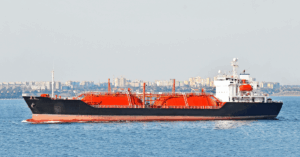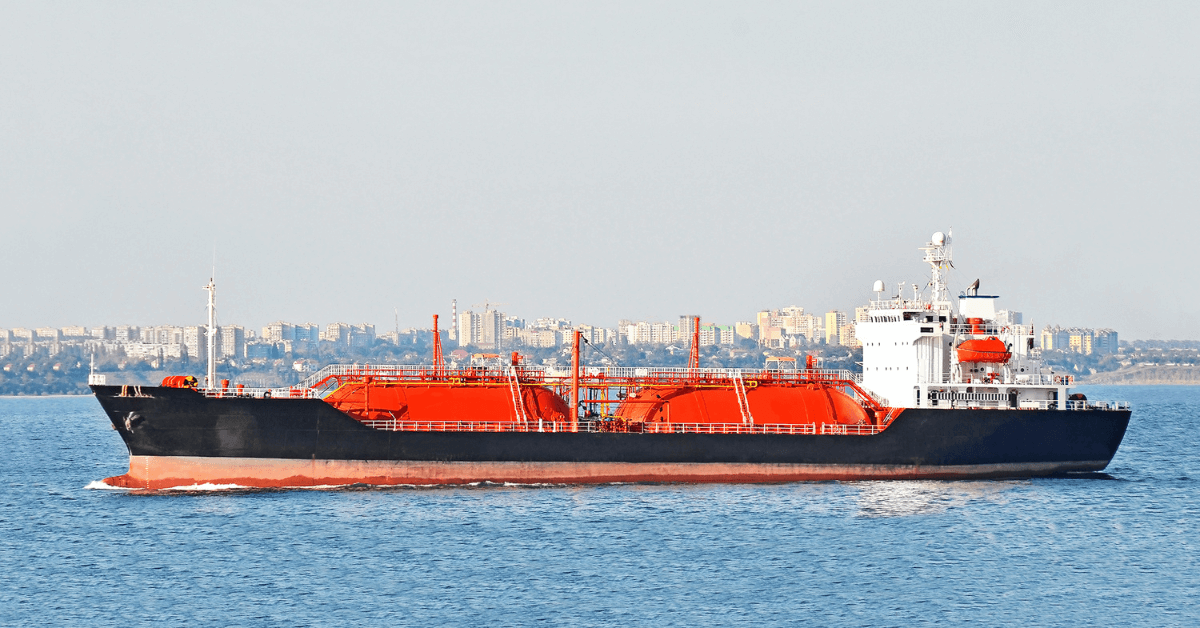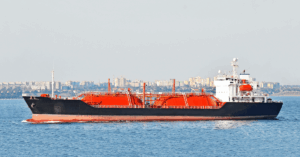
Ship Collision In Cuxhaven Spills 6,000 Litres Of Fuel Into Harbour
July 24, 2025
Director General Of Shipping To Be Renamed As Director General Of Maritime Administration
July 24, 2025

A liquefied petroleum gas (LPG) tanker has docked at Enterprise Products Partners’ new terminal along the Neches River in Texas, according to ship tracking data accessed on Wednesday. This is the first tanker to arrive at the facility for loading.
Energy analytics firm Vortexa reported that the vessel’s mooring signaled the start of testing at the site.
Enterprise, known as one of the largest producers and exporters of ethane in the United States, has been expanding its natural gas liquids (NGL) operations by building and upgrading facilities to handle the growing global demand for ethane and propane.
Back in April, the company had announced plans to construct a new terminal on the Neches River in Orange County, Texas. The facility was designed to load either ethane or propane for international exports. Both fuels are byproducts of oil and gas production, ethane is mainly used in making plastics, while propane is commonly used for heating and cooking.
The first phase of Enterprise’s Neches River terminal has a nameplate capacity of 120,000 barrels per day. It can handle loading speeds of up to 45,000 barrels per hour. Phase 1 was scheduled to begin operations in the second half of 2025.
Ship tracking platforms from LSEG and Kpler showed that the gas tanker Navigator Eclipse entered the Enterprise Beaumont dock late Tuesday and was securely moored by Wednesday.
Per Kpler’s data, the Navigator Eclipse has only been transporting ethane between the U.S. and China since May 2021.
Analysts at Vortexa believe the vessel is expected to head next to Satellite Chemical’s import terminal located in Lianyungang, China, carrying the commissioning cargo.
The commissioning phase of a terminal is used to test and ensure that all parts of the facility are functioning properly before moving into full commercial service.
Enterprise has also planned a second phase for the Neches River terminal. Once complete, Phase 2 will allow the facility to load up to 180,000 barrels per day of ethane and 360,000 barrels per day of propane, or a mix of both. This second phase is expected to begin operations in the first half of 2026.
Reference: Reuters
Source: Maritime Shipping News


